At Arup, we’re always on the lookout for new ways to “shape a better world.” In the New York office, we believe one of the best ways to do this is to start local and develop strategies that enhance the city we call home.
In 2018, inspired by the London office’s campaign, “Ideas for London: Ten policy ideas for the Mayor of London,” we launched a new initiative to generate innovative proposals for enhancing New York City’s built environment.
The Big Idea initiative invited staff at all levels of the organization to propose policies, projects, and reforms they believe have the potential to create positive change. The only rules? Each idea must be innovative, implementable, and provide benefit in one of the following six areas: growth, regeneration, life, resilience, digital, or operations.
Below is a selection of some of the most farsighted, fascinating, and just plain smart “big ideas” proposed by our team.
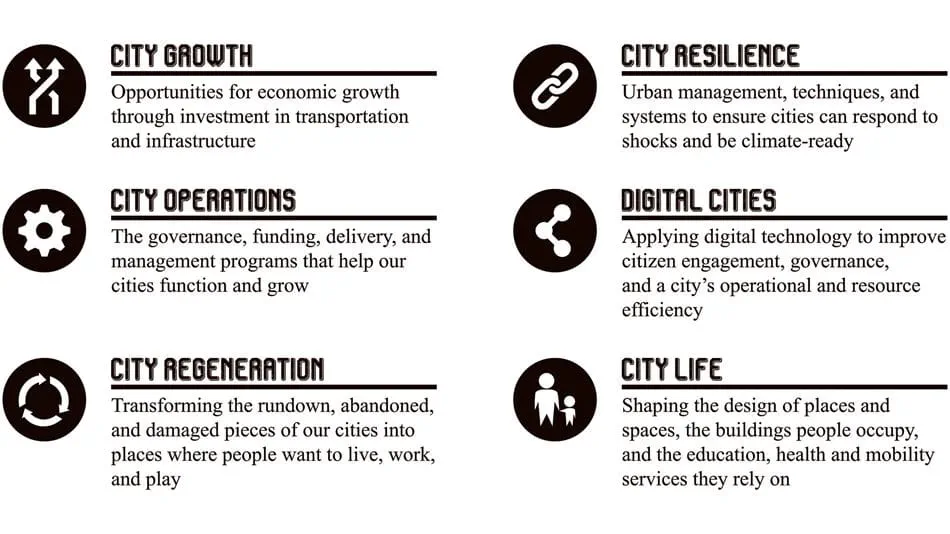
Eliminate trash on NYC sidewalks with dynamic waste collection pods
Idea by: Gray Bender, sustainability consultant, energy, sustainability & building physics
Category: City life
Big opportunity
With a thriving economy, safe streets, and a host of world-class public spaces, today’s New York is a modern metropolis. The contemporary city has little in common with the grimy city depicted in 70s-era Hollywood classics like Taxi Driver, with one major exception: the stinky mountains of trash that can still be found strewn across city sidewalks.
The problem is an inefficient trash collection system that relies on a combination of public and private sector collection agencies to cover multiple service areas, many of which border or even overlap each other. The result is confusion and an unsightly mess.
Big idea
The introduction of automated vehicles and smart city connectivity presents a perfect opportunity to modernize trash collection in New York City. The city could use the data generated by the Internet of Things to identify zones where trash is likely to pile up and then dispatch a fleet of AV waste collection pods to those areas.
Each pod would serve as a place for buildings to store their waste ahead of collection day and could even help streamline recycling efforts by supporting waste stream separation. On designated collection days, the pods would be mobilized to transport stored waste to centralized NYC Department of Sanitation collection facilities, before returning to their designated locations.
Parked at strategic locations throughout the city, these mobile dumpsters, or “dynamic waste collection pods,” could help keep garbage out of sight and finally give New York City streets the curb appeal they deserve.
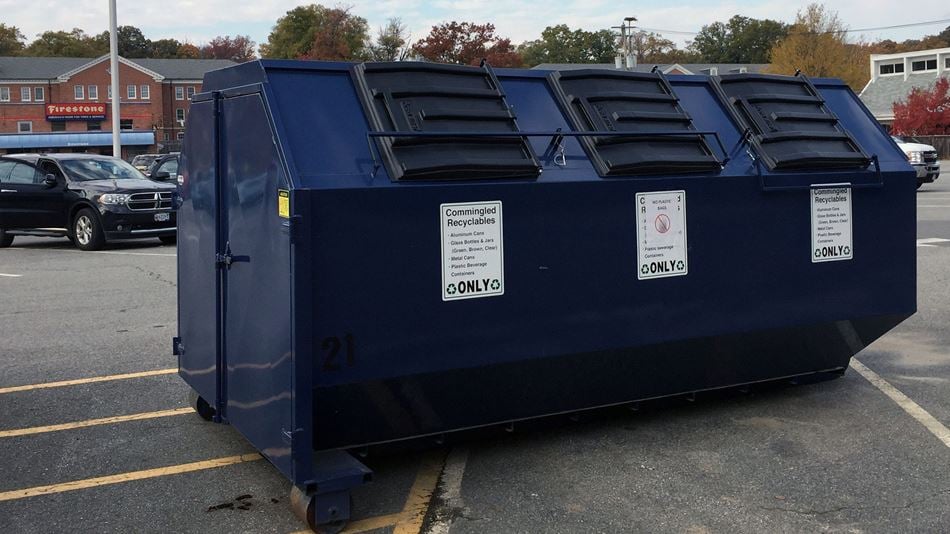
Water squares: urban parks that reduce flood risk
Idea by: Amy Leitch, senior consultant, integrated planning
Category: City resilience
Big opportunity
New York is called the concrete jungle for a reason: more than 70% of the city’s land area is covered with impervious surfaces, like roadways and sidewalks, which increase the risk of runoff and flooding during heavy rainfall. In addition to the environmental consequences, the city’s lack of greenspace has health implications. Today, 33% of NYC’s adults get less than the recommended amount of physical activity and the majority of those are concentrated in poor and minority neighborhoods with limited access to green amenities.
With heavy rainfall forecast to increase in coming years, New York will have to make stormwater management a priority. The city should recognize this as an opportunity not just to address climate change, but also to enhance the lives of underserved New Yorkers.
Big idea
To make New York City more climate-ready and livable, we should follow the example of cities like Rotterdam and Copenhagen and introduce “water squares.” Water squares are multiuse green infrastructure spaces that help promote physical activity and community connection while also playing a critical role in flood prevention. They work by incorporating lowered sections that capture and drain rain from the square and adjacent areas. Water squares are also highly scalable and can be connected to form a larger network and help reduce the need for more costly drainage system upgrades.
Transform Rikers Island into a center for autonomous vehicles
Idea by: Denis Mani, senior planner, integrated planning
Category: City regeneration
Big opportunity
The upcoming deactivation of the Rikers Island prison complex, a large and relatively isolated parcel of land, presents a unique opportunity for New York City to establish itself as a leader in a new field of applied science research: autonomous vehicles (AV).
Big idea
With Rikers Island opening to development in the next decade, New York is well positioned to become a pioneer in a field that is predicted to be a major economic driver in the future. An AV research center on Rikers Island would bring high-quality research jobs and investment funds to NYC. AVs take up space, and, unlike apps or even smartphones, their R&D facilities require large sites, which are hard to find in the city. The release of Rikers Island onto the market is a unique opportunity because it has the necessary size yet is too inaccessible for the rest of the city and therefore can’t be used for typical housing or commercial developments.
The city has both the talent pool and financial resources to transform Rikers into the world’s top AV research and development center. To set the wheels in motion, city leaders could launch a competition inviting firms from around the world to present their design concepts.
Create public observation decks to give all New Yorkers a better view
Idea by: Mike Ernst, senior planner, integrated planning
Category: City growth
Big opportunity
Unlike hilly cities like San Francisco or Rio de Janeiro, where a hearty hike can bring you breathtaking views, New York’s level topography provides few opportunities to take in the full breadth of the city skyline. Most people in search of sweeping panoramas are relegated to the city’s handful of observation decks. But gaining entry to these places doesn’t come cheap. A standard ticket to the World Trade Center, Rockefeller Center, or the Empire State Building runs between $30 and $40, a price steep enough to keep away many local users.
Big idea
The City could offer incentive zoning to encourage the creation of free, privately owned public observation decks to ensure that all New Yorkers have access to a better view. These incentives could include granting developers permission to build higher, provided they include a free, publicly accessible deck in their project.
The precedent for this type of zoning already exists, with New York City currently using density bonus incentives to support the development of privately owned public spaces, like the Elevated Acre at 55 Water Street. As Moses Gates of RPA wrote in a 2015 New York Daily News article on the same subject, “The amazing feeling of seeing New York from on high shouldn’t be reserved for just tourists and the wealthy.”
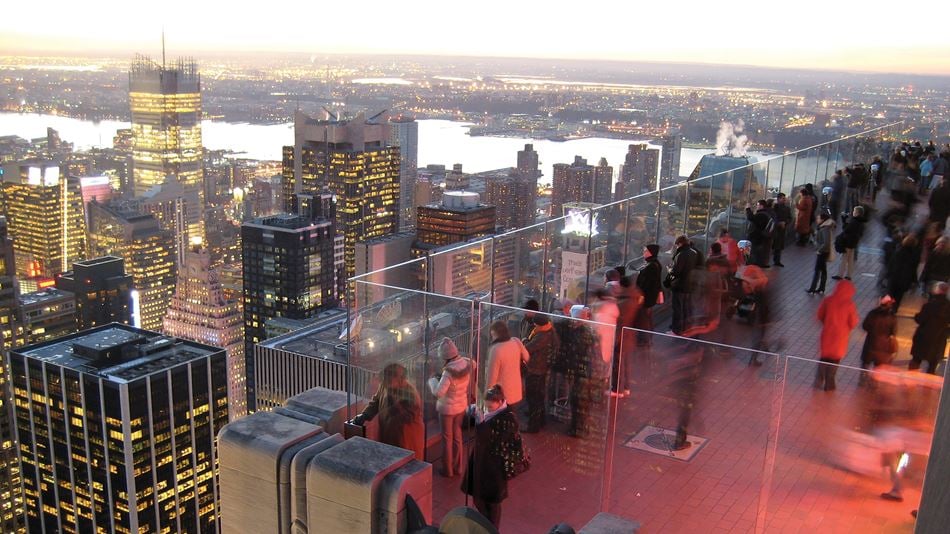
Mapping New York’s underground
Idea by: Rich Bartholomew, designer, digital insight
Category: Digital cities
Big opportunity
Underneath New York City’s streets lie complex layers of utilities and infrastructure, constructed over many decades by many different hands. For most people, this labyrinth of systems remains out of sight and out of mind. But for building professionals, New York’s invisible underground systems are often the riskiest, most expensive obstacles to development.
Big idea
By harnessing the power of data, we can digitally map New York’s underground. The first step would be for the city’s architecture, engineering, and construction professionals to adopt a universal data schema and establish a standard protocol for digitally documenting all systems revealed by street excavations. This would ensure that all information is captured within one cohesive, easily accessed model.
With active and collaborative inputs from all stakeholders over time, the model would mature into a digital replica of the city’s underground that could be used by building professionals to identify a range of problems in advance of construction, leading to a potential decrease in costs and improved project timelines, among other benefits.
Transform New York’s postindustrial canals into a vibrant urban waterfront
Idea by: Alexander Van Hout, transportation planning engineer, integrated planning
Category: City regeneration
Big opportunity
Unattractive, underdeveloped, and polluted, the land surrounding New York’s Gowanus and Newton canals continues to reflect a bygone industrial era, even as vibrant communities spring up in neighboring areas.
Big idea
With good planning, zoning reform, environmental remediation, and commercial incentives, these underutilized stretches of New York waterfront could be transformed into thriving urban spaces, featuring a mix of retail, restaurants, and public amenities that help further drive economic growth across New York City’s boroughs.
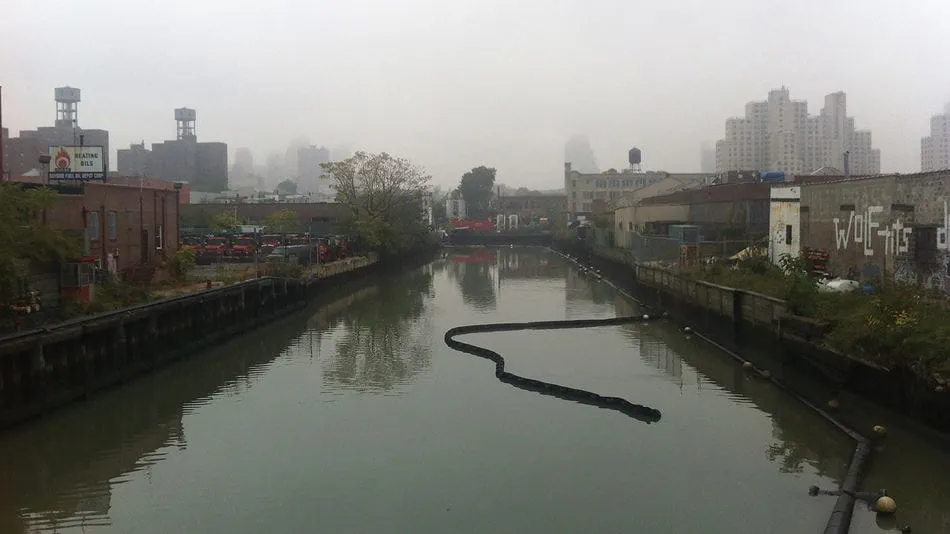
The future gas station: a one-stop mobility hub
Idea by: Maggie Dong
Category: City growth
Big opportunity
The transportation infrastructure built in the 20th century improved New York City’s overall mobility, but also fundamentally disrupted the urban fabric. The advent of electric and autonomous vehicles promises to reshape transportation infrastructure and help restore some of our lost physical and social connections.
However, much of the land available in the city isn’t zoned to accommodate the infrastructure needed to support these new types of vehicles. What New York does have in abundance is gas stations. The city is currently home to more than 760 stations, covering a total of 225 acres.
Big idea
Transforming gas stations into local mobility hubs could help New York prepare to meet future mobility demands without necessitating the construction of additional infrastructure. These sustainable local hubs could serve as electric vehicle and autonomous vehicle charging stations, autonomous delivery truck and droid distribution centers, rideshare pickup/drop-off locations, or even community gathering spaces.
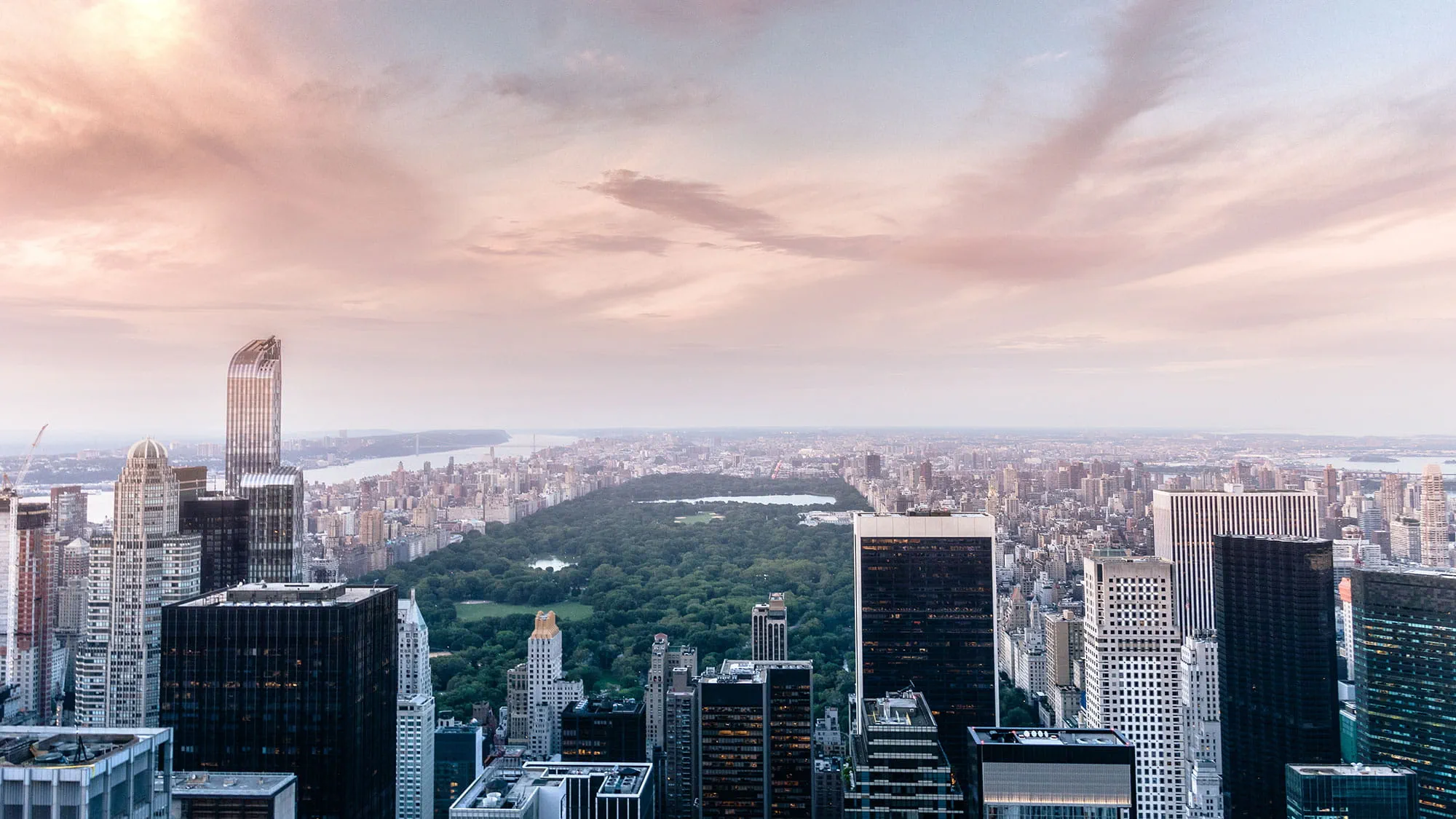 ;
;